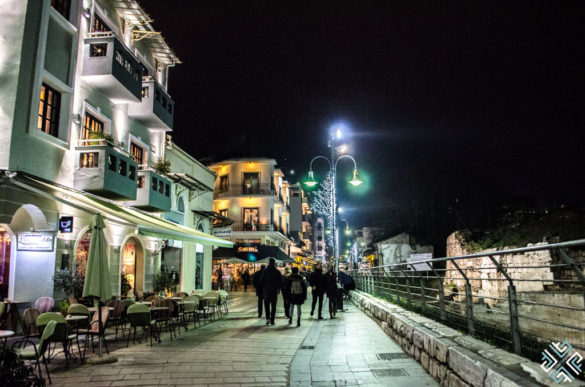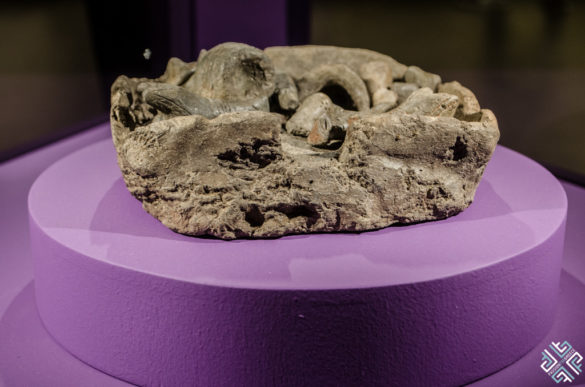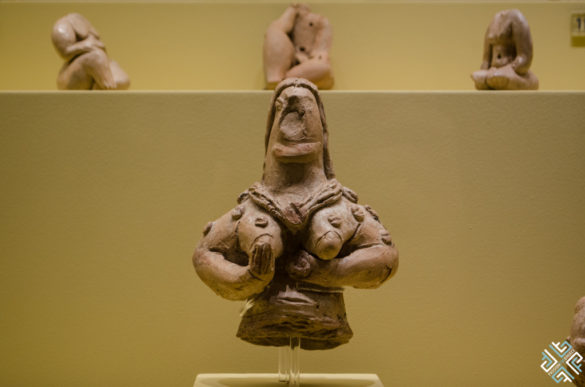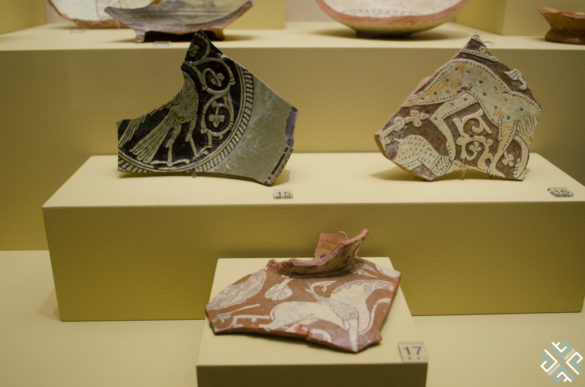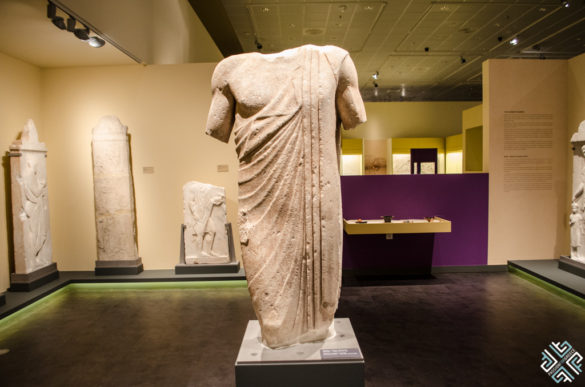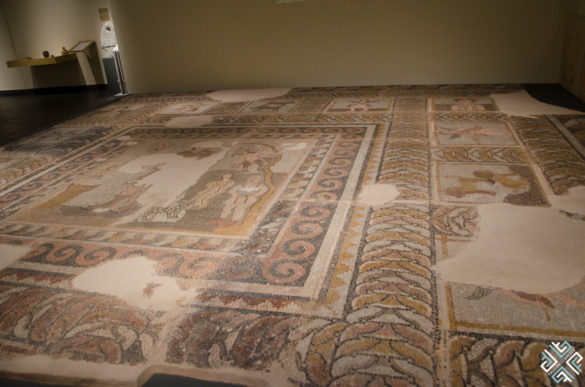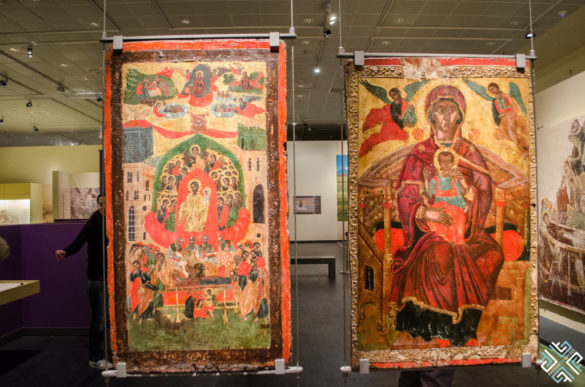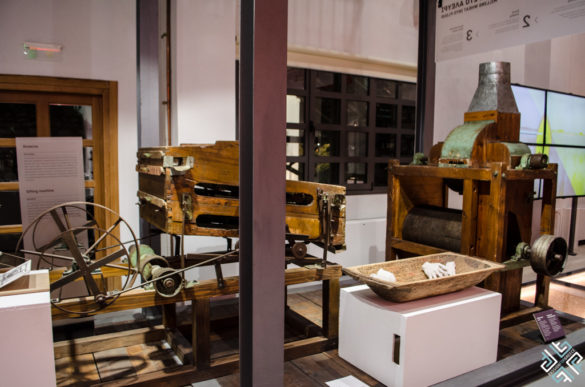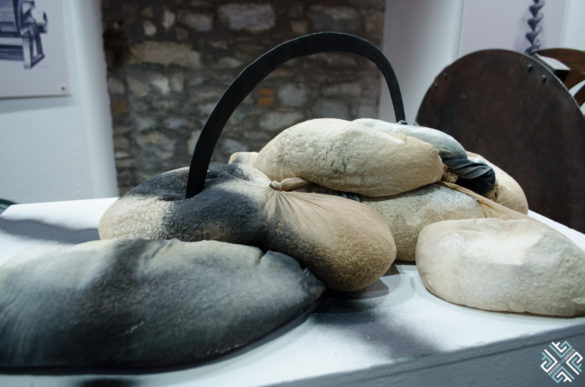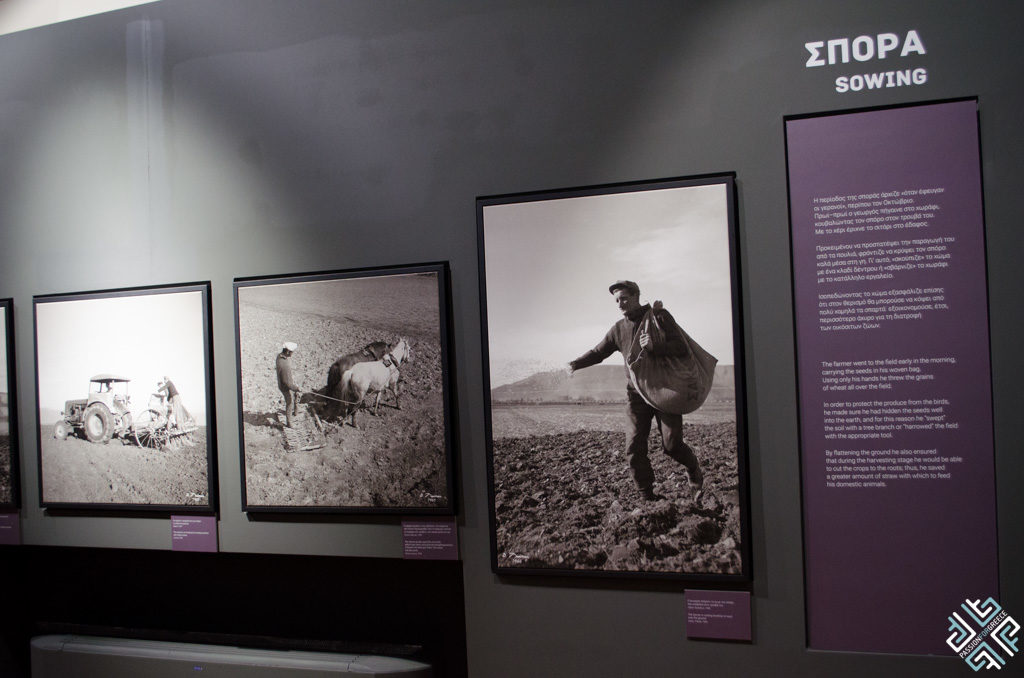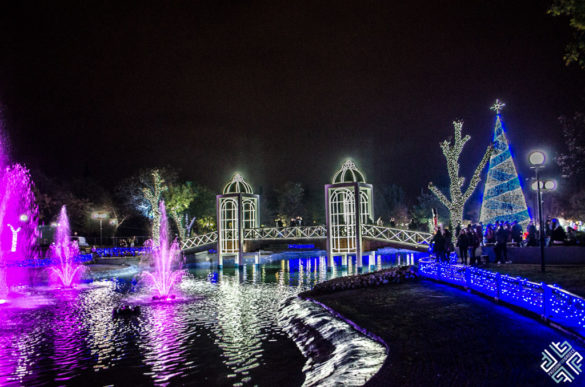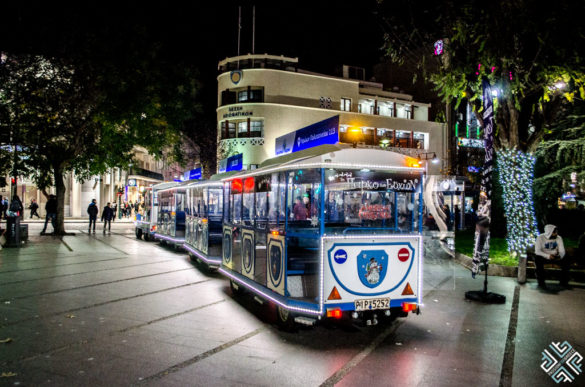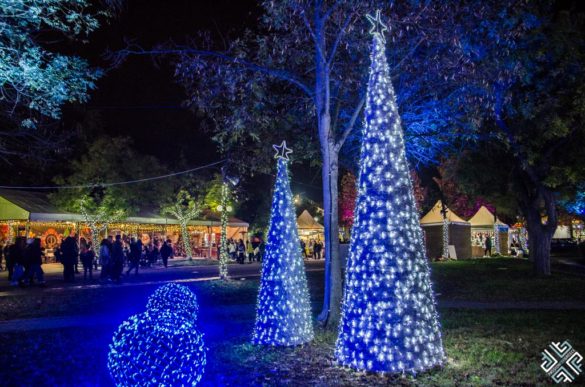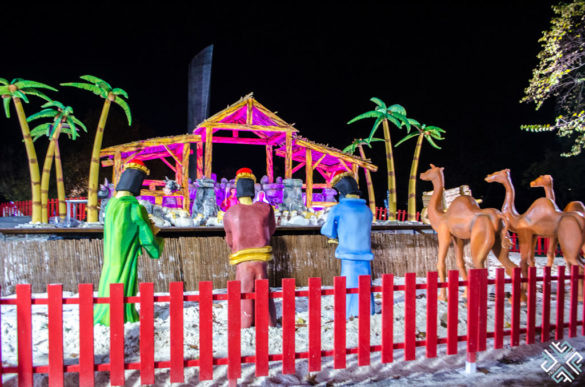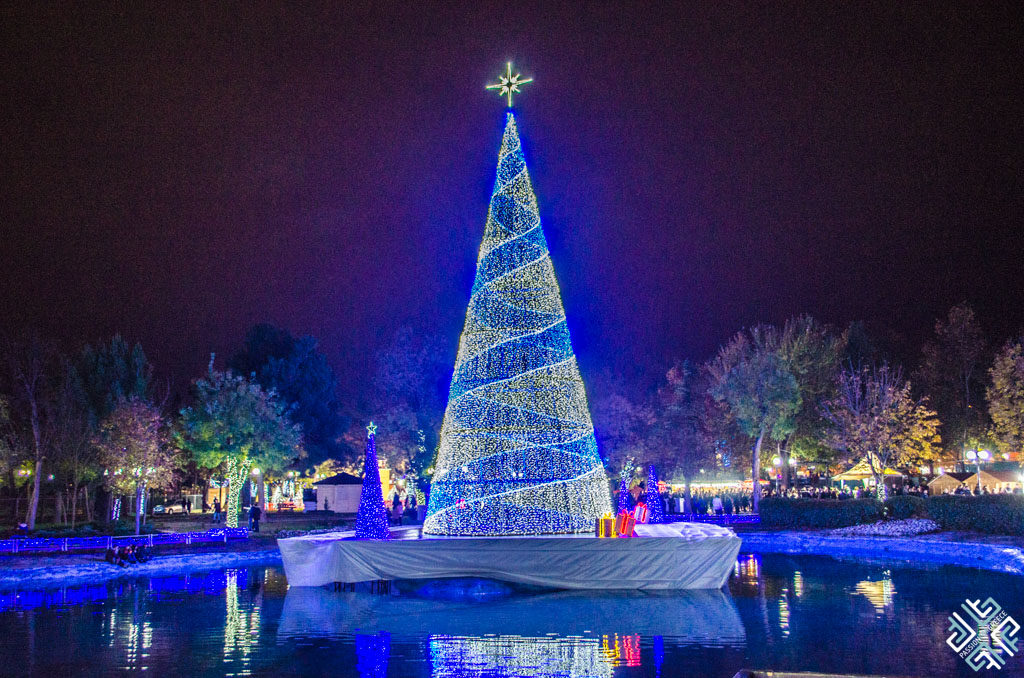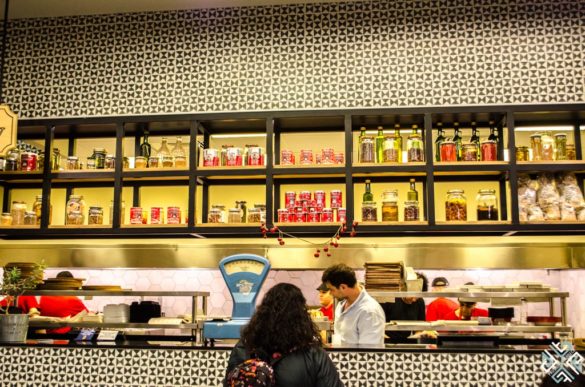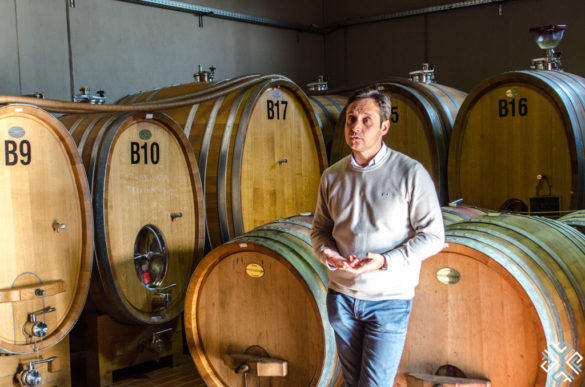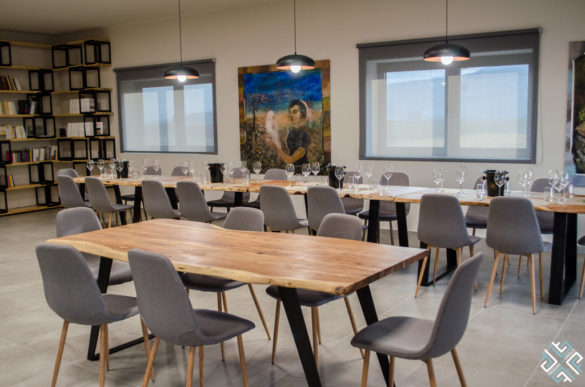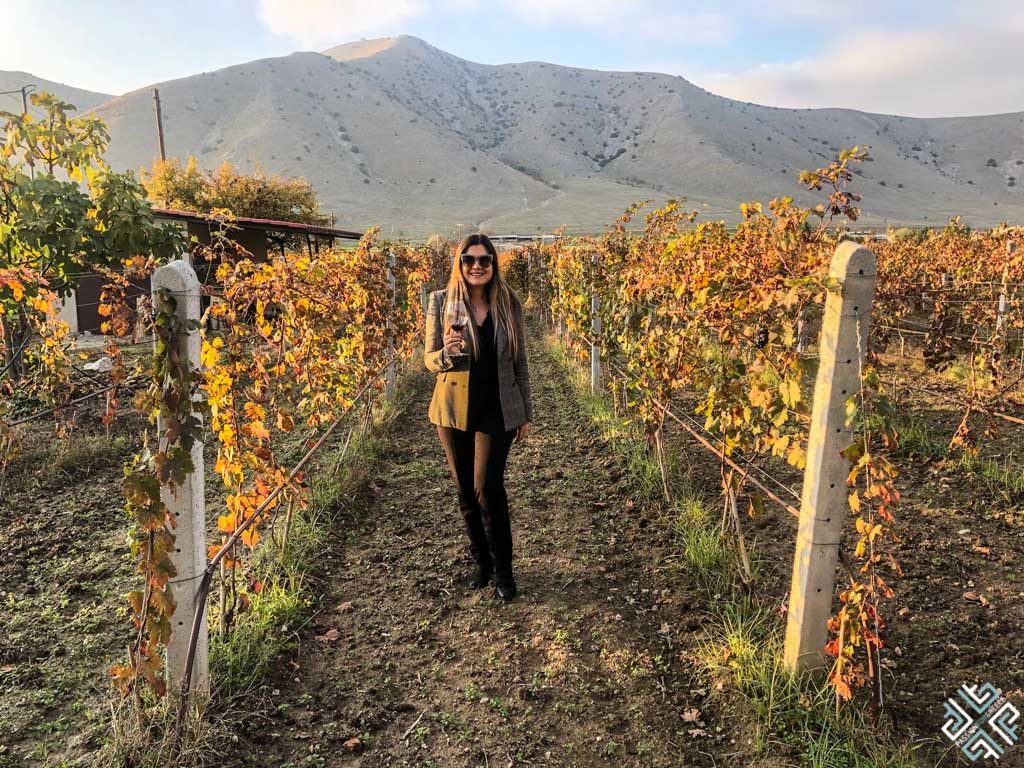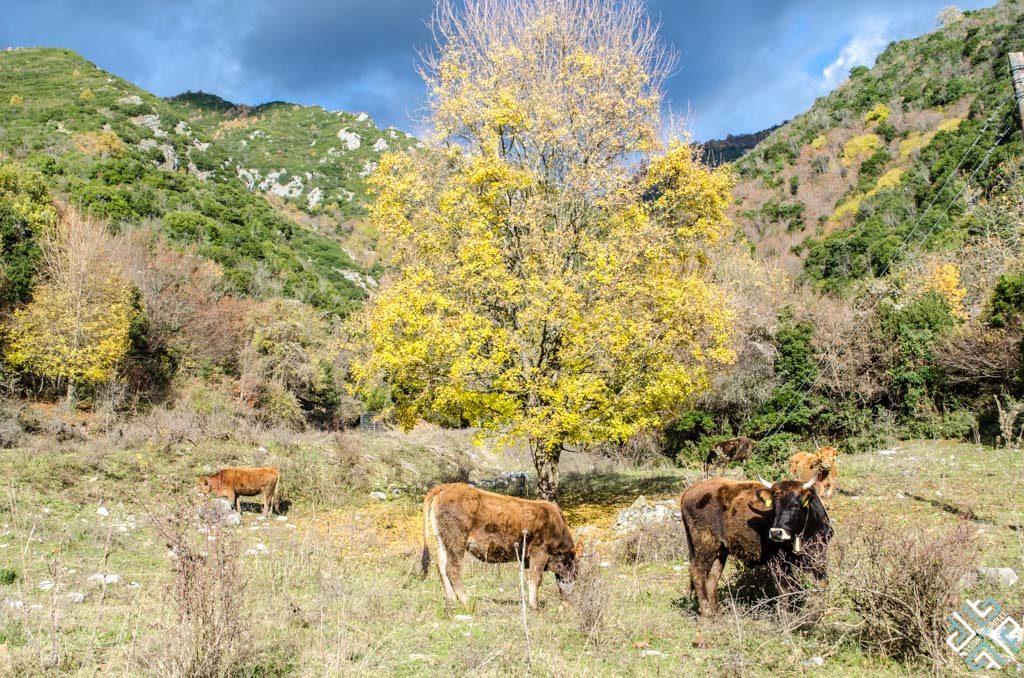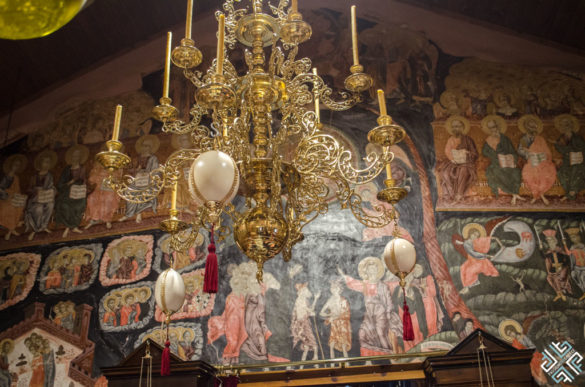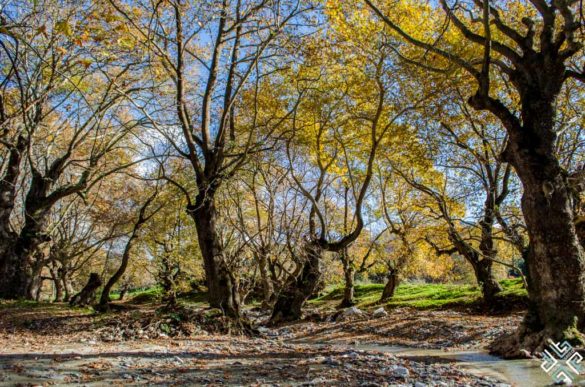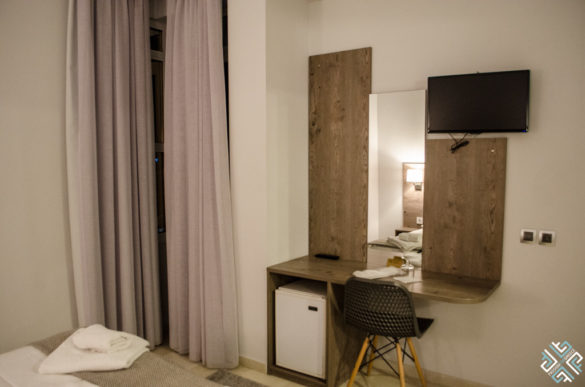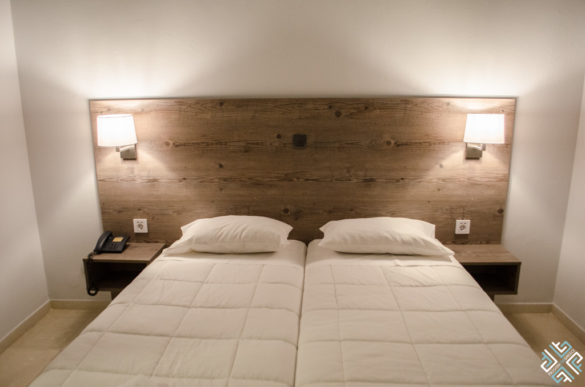One of Greece’s most populous cities, Larissa is known for its notable history which spans for over 10,000 years. Nominated as the European Capital of Culture 2021, Larissa’s prime location has contributed to the city’s affluent past. Mentions of Larissa were recorded in Book II of Iliad by Homer and it is here that the Father of Medicine, Hippocrates left his last breath.
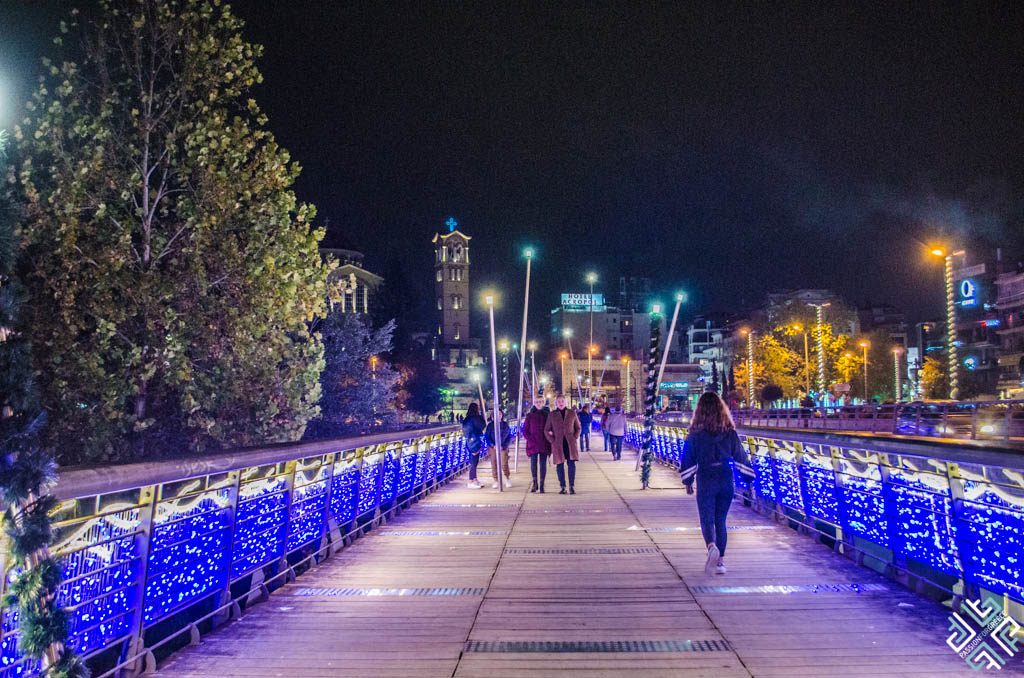
An Open City — a term used by the locals to describe Larissa, is in fact quite fitting as you traverse through a town with an impressive pedestrian infrastructure, and as you progress further into the centre, you are greeted by a monumental ancient theatre — which subtly highlights the importance of preserving history we’ve inherited from our ancestors. We are our history, and we must embrace it for the benefit of our future.
Having spent a weekend in this bustling town, here’s a list of our reasons to visit Larissa.
10 Reasons to visit Larissa: Museums, Day Trips and Natural Beauty
1. Discover its Diverse History: Conquests, Trade and the Present
Since antiquity the area around Larissa held significant importance in agricultural activity, it was also known for its horses. Today, visitors to Larissa and the surrounding region can admire historic remains of an advanced civilization, traces of which date back to the Palaeolithic period.
During the Roman period, Larissa became an ally of Rome and it is here that the Thessalian League established its headquarters. Later came a period of instability under the Ostrogoths who destroyed the city during the late 5th century. It was then rebuilt by the Byzantine emperor Justinian. Then came the brief Bulgarian conquest and the Fourth Crusade, when the city was given to the Lombard barons. The Ottomans conquered Larissa, not once but twice and the city took the name Yeni-şehir i-Fenari meaning the “new citadel”. Larissa became a Muslim city and trade flourished during the 17th and 18th centuries. During the Greek War of Independence, Hursid Pasha established his headquarters in Larissa and the city remained under the Ottoman rule until 1881, when Thessaly became part of the Kingdom of Greece.
During the 19th century the towns trade flourished as the city produced leather, tobacco, cotton and silk.
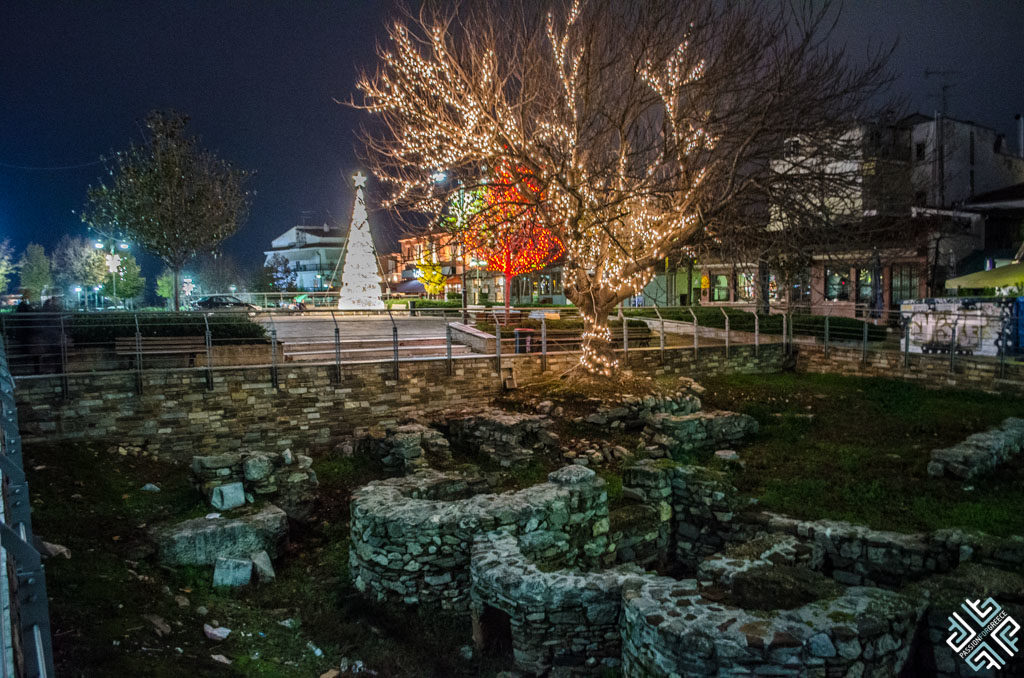
The juxtaposition of cultures is evident in the architectural elements which have been left standing in Larissa today. From grand mosques which were once considered historical landmarks (there were four mosques in Larissa) to the Basilica of St. Achillios dating back to 6th century, the bedesten and the remarkable Ancient theatre.
Today Larissa is home to the Hellenic Air Force Headquarters as well at the NATO headquarters in Greece. Larissa hosts the School of Medicine and a School of Biochemistry. It is also well known for its vibrant nightlife.
2. Visit one of the 5 Museums
Larissa boasts an impressive collection of museums housing artefacts which date back to the Palaeolithic Era. Here’s a list of the museums of Larissa:
Diachronic Museum of Larissa
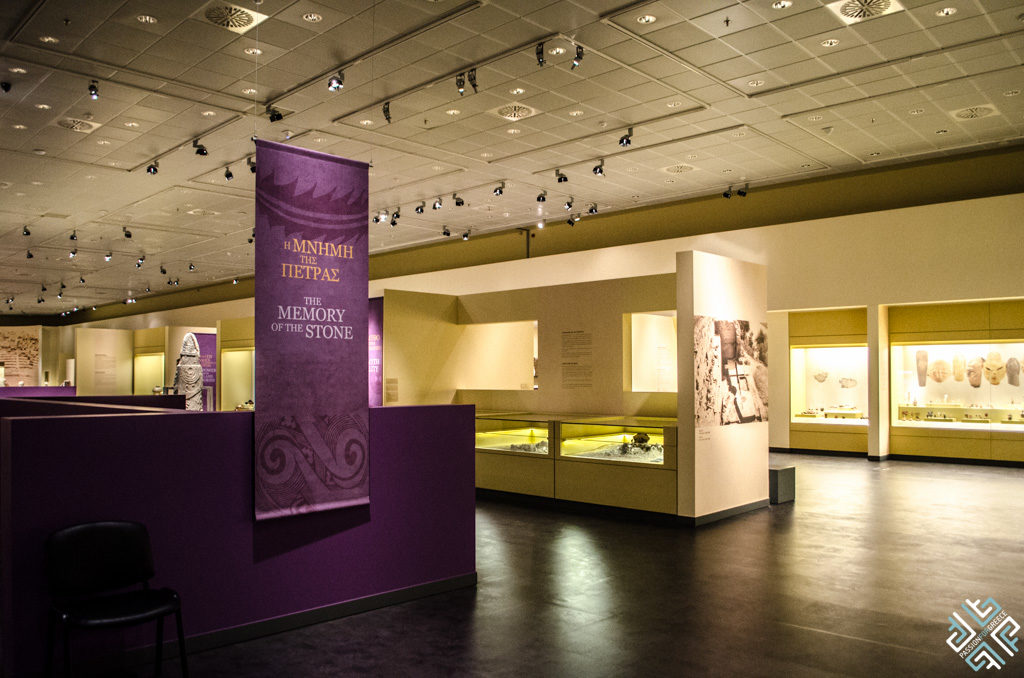
The jewel of the city is the Diachronic Museum of Larissa which spans across 1,500 square meters of modern space. Located just on the outskirts of the city, the museum was inaugurated in 2015. The collection consists of over 2000 objects which have been discovered during excavations which took place in Larissa, Trikala and Karditsa.
The collections are separated into periodic exhibits taking visitors on a journey through the centuries and highlighting the relationship between cultures, archaeology and heritage.
Starting from the collection of artefacts tracing back to the first humans in Thessaly (200,000 BP) following the collection of the Late Neolithic period, the representation of the local currencies — the motif of the Thessalian coins around 4th century BC often depicted horses.
Thessalian plain was renowned for its ideal environment which favoured agriculture and animal husbandry. Bulgur and beef were the most characteristic produce in the region.
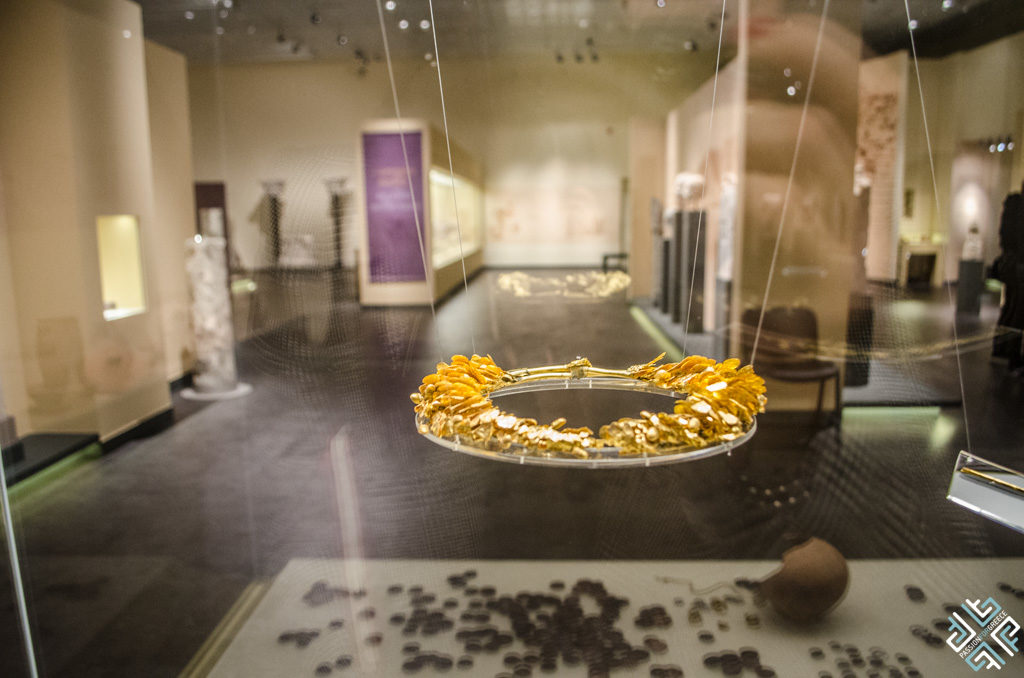
The ancient Thessalians also believed in Life after Death, during the Hellenistic and Roman periods theories about the Underworld surfaced among the people. Hermes was the one who would lead the souls into the other world while Dionysus ensured one’s immortality. The cults of both gods were closely linked to these beliefs.
The final collection represents the Byzantine Era which transformed Larissa into a castle town, constrained inside the 6th century fortification walls.
The Folklore Museum of Larissa
The museum was initially founded in 1974 and was used inside the Town Hall. The Museum was later moved to its own dedicated spaced in the heart of Larissa. The museum houses a rich collection of over 20,000 artefacts dating from the 15th to the mid 20th century.
The Municipal Art Gallery — GI Museum Katsigras
The Municipal Art Gallery is the second most important art gallery in Greece. Founded in 1983 it is housed in a modern space and spans across two floors. The main collection of the Art Gallery are the works of art donated by virtuoso surgeon C. I. Katsigras. The 700 original works depict the fine examples of 19th century paintings as well as 20th century drawings and engravings.
The Mill of Pappas
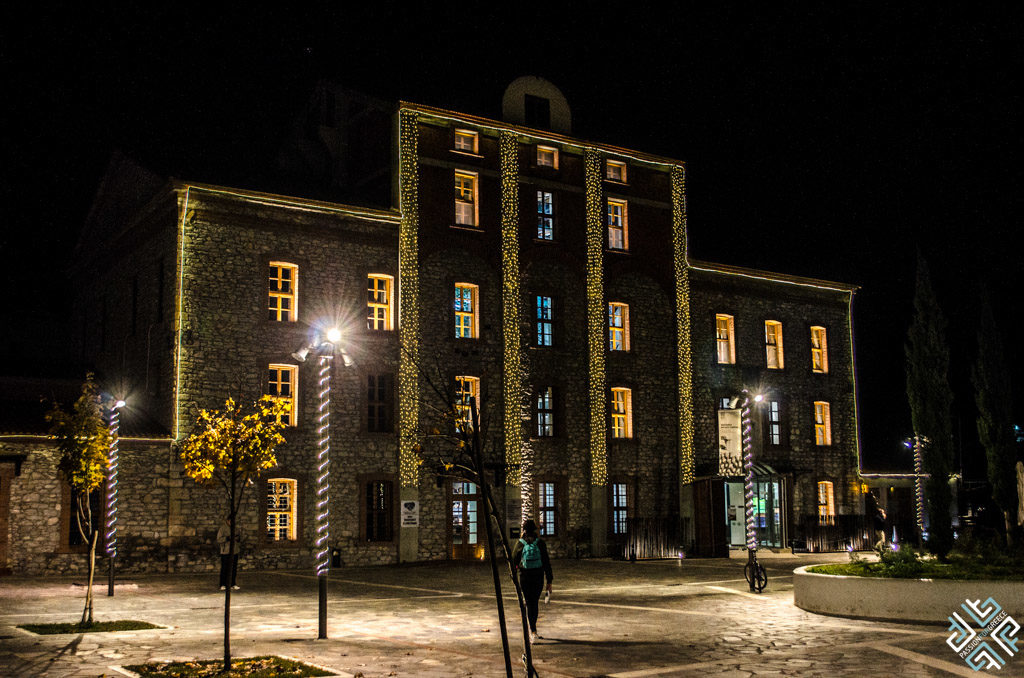
This cultural heritage museum is dedicated to the flour milling industry. The Pappas Mill was initially founded in 1892 and its operation lasted for 90 years. Following a disastrous fire which broke out in 2002 almost everything was burnt. Since then the collection has been enriched and this fascinating Wheat and Flour Museum is also a dynamic cultural space used to host the Thessalian theatre, dance schools, the Philharmonic Society of Larissa and the Museum of Puppetry.
Inside the museum visits can enjoy the wonderful collection of black and white photographs captured by Takis Tloupas, showcasing the process of cultivation of wheat and its great tradition.
3. Admire the Ancient Theaters
The Ancient Theatre A is one of the most important discoveries which is set in the heart of the historic center of Larissa. The theatre dates back to 3rd century BC and had a 10,000 seating capacity. It was constructed during the ruling of Kind of Macedonia, Antigonus Gonatas after the death of Alexander the Great. It was used for theatrical, musical and political events.
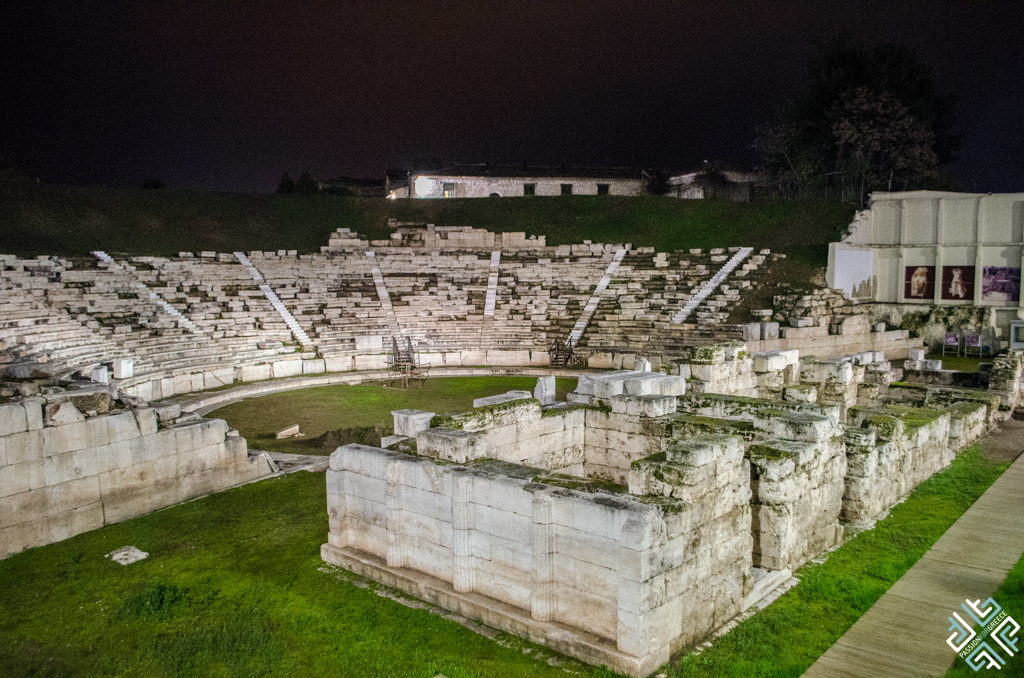
The ancient theatre lay covered by buildings and shops, its existence was first brought to light in 1910 by the ex-Ephor of Antiquites, Ap. Arvanitopoulos. Since 1977 it has undergone major restoration works to restore it to its former glory.
The Ancient Theatre B’ lies west of Ancient Theatre A dates back to 1st century BC. Its works started during the Roman period however it was not completed.
4. The Basilica of St. Achilles
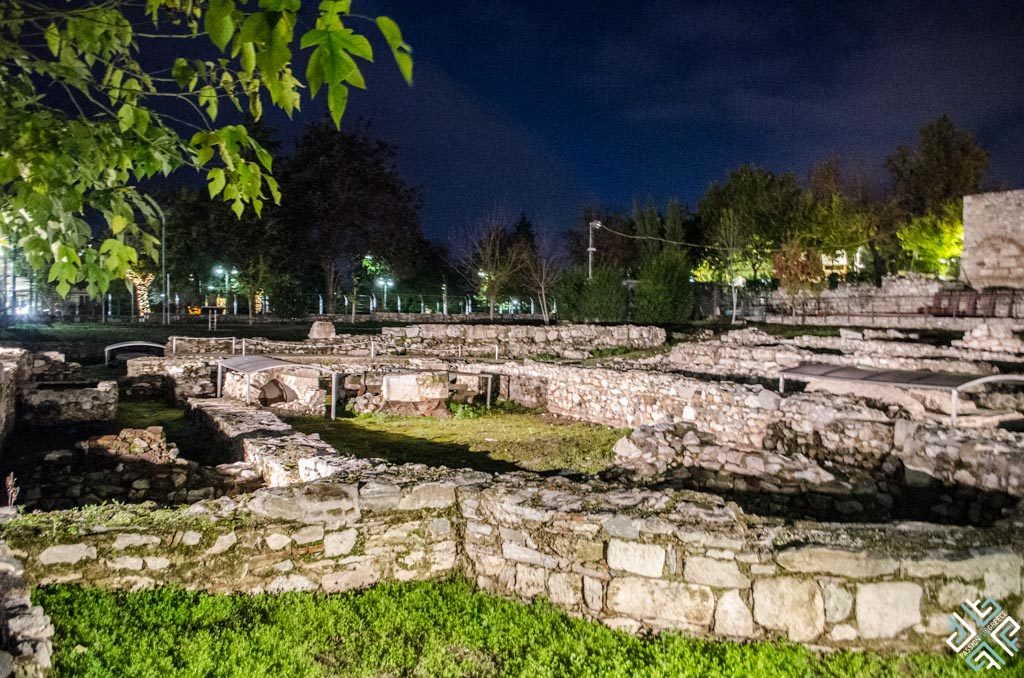
The ruins of the temple dedicated to the city’s patron and first bishop St. Achilles were first discovered in 1978. Traces of the mosaic floor found in the middle of the basilica suggest that this was constructed during the 6th or 7th century. The discovery of several graves showed that the monument was used as a cemetery during the Middle Ages as well as during the 13th century. The patron of this basilica, St. Achilles was born in Cappadocia in Asia Minor in 270 AD. He inherited a good fortune which he shared between Christians who were in need. His relics returned from the small island of Prespa in Bulgaria to the Metropolitan Church of Larissa in 1981 and remain there until this day. The Church celebrates his memory on the 15th of May.
5. The Bezesteni
The Bezesteni of Larissa is there to remind us of the city glorious trading past. This covered textile market was built during the Ottoman Empire and dates back to some time between the end of the 15th to the beginning of the 16th century.
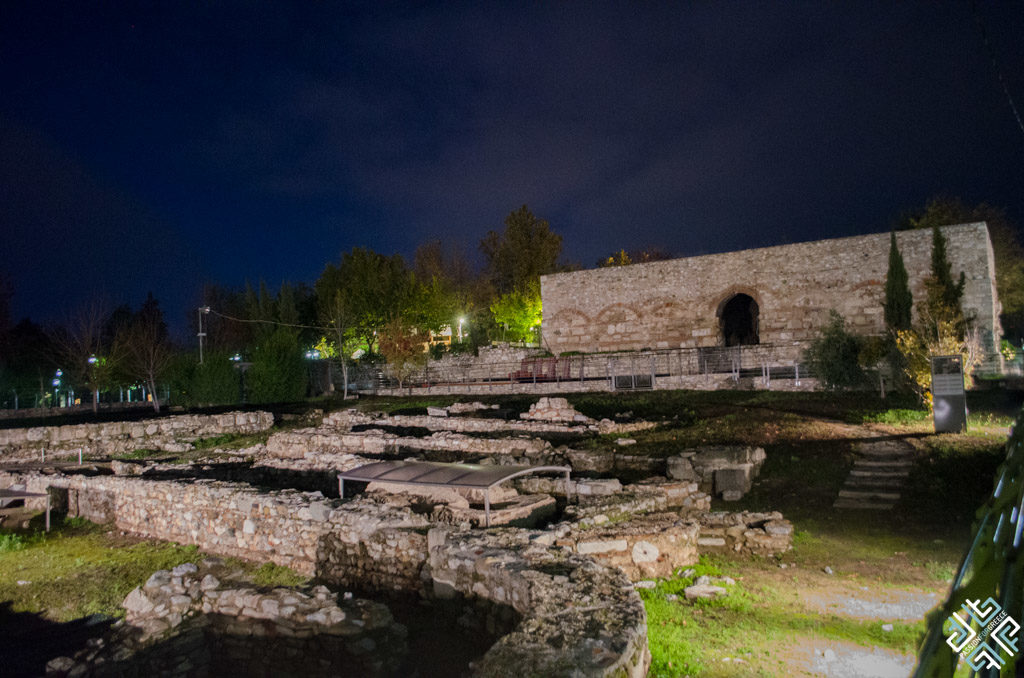
The word Bezesteni derives from the Arabic word bez which means cotton, or bezzaz which means a textiles merchant. Only cities with such markets were considered important commercial centers. It was an active commercial center until the 18th century and in the end of the 19th century it was used as a powder warehouse and fortress. The monuments current name Frourio (Fortress) implies its use. The building was destroyed by the earthquake of 1781 followed by a fire that broke out several years later. Today only four walls have been preserved and there are plans to restore the building in the near future.
6. The Church of Saint Achillios
The Cathedral dedicated to Saint Achillios, is set on the highest point of the city overlooking the Alcazar Park and the Pinios River. The Church celebrates the saint every 15 May.
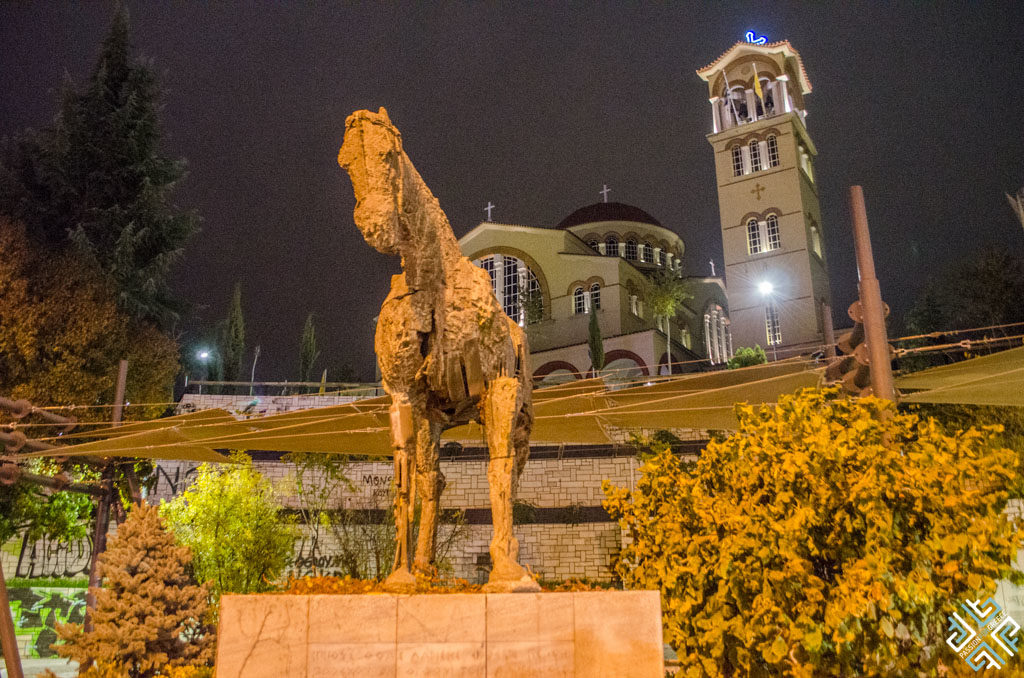
Right in front of the church there is a sculpture of a horse, a creation by Miltos Papastergiou who is from Larissa and it commemorates centuries old history of the city and how it has been worn out by the numerous events and defeats over the centuries.
7. Park of Alkazar
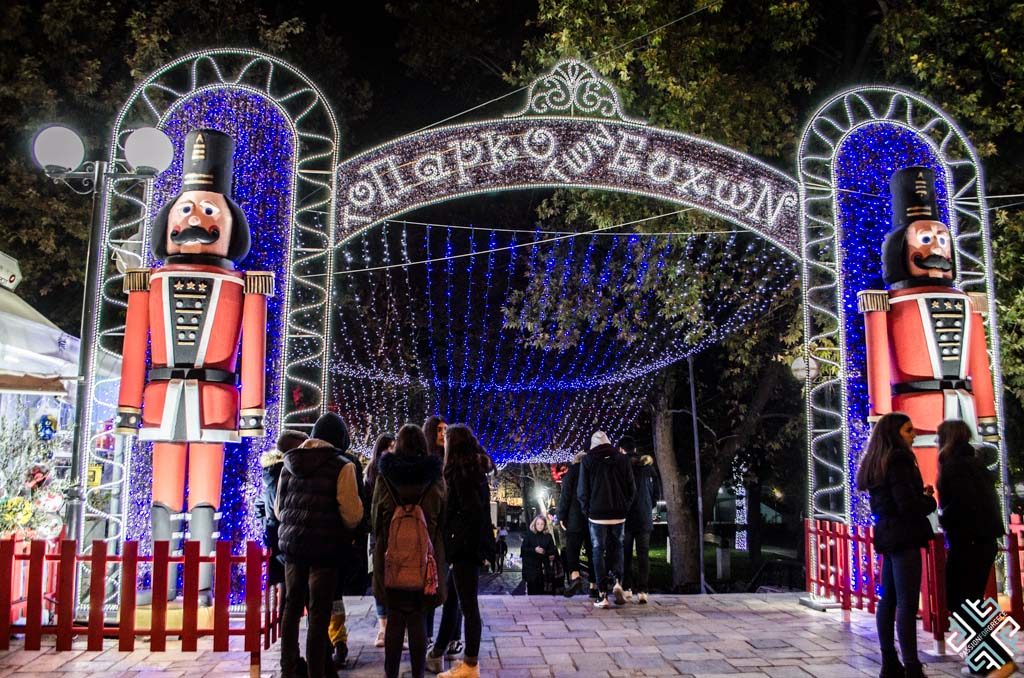
This vast natural park is a true oasis in the heart of Larissa. In 1887 the park was used to host horse shows and was later used as a zoo throughout most of the 20th century.
Today the park serves as a recreational and relaxation area for the locals. During the holiday season, the Municipality of Larissa uses the area to host the festive Park of Wishes which runs from 6 December 2019 until 06 January 2020.
The whole park transforms into a winter wonderland where visitors of all ages can enjoy the numerous performances, concerts, workshops and events.
8. Savor the Thessalian Food Culture
The Thessalians were fond of fine dining thus a term often used as the Thessalian cut characterised their large portions of meat.
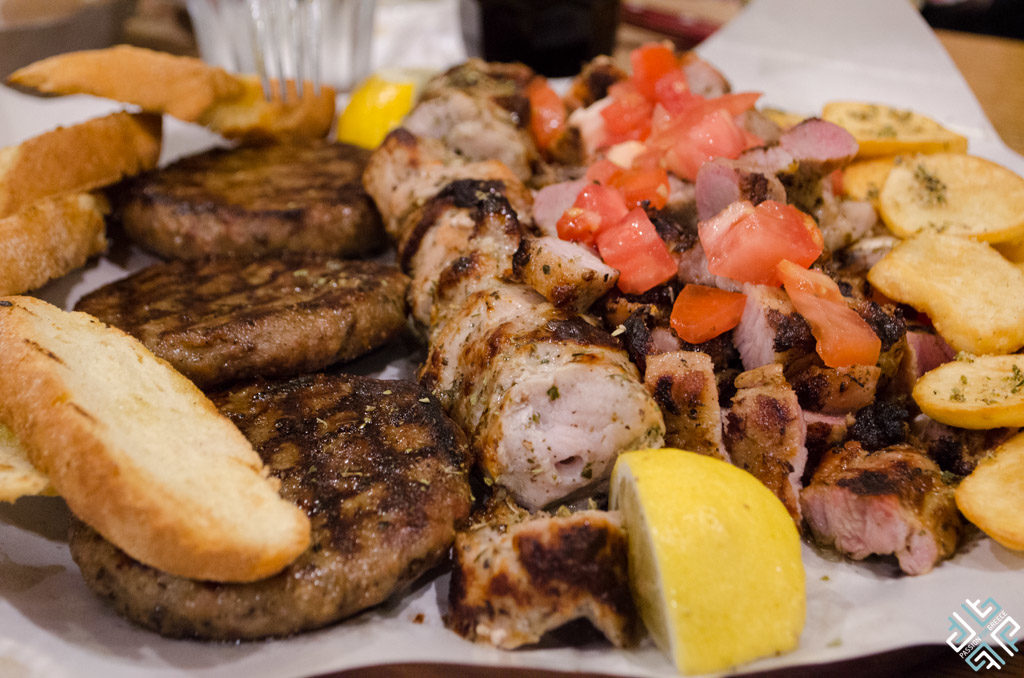 Meat is still very much part of the local culture. When in Larissa prepare to feast on lots of different meats. Mallioras, a traditional meat restaurant in the heart of the city, which was founded in 1955 serves its famous kontosouvli, which is a giant souvlaki slow-roasted on a spit.
Meat is still very much part of the local culture. When in Larissa prepare to feast on lots of different meats. Mallioras, a traditional meat restaurant in the heart of the city, which was founded in 1955 serves its famous kontosouvli, which is a giant souvlaki slow-roasted on a spit.
For a cozy atmosphere try the Kitrina Gantia (Yellow Gloves), which serves plenty of meat dishes and local appetisers.
9. Wine Tasting at Domain Zafeirakis
Wine lovers can spend the afternoon enjoy a wine tasting session at one of Greece’s top wine region. In the area of Palaiomylos in Tyrnavos, at the foothills of Melouna lies a family winery which was founded in 2012.
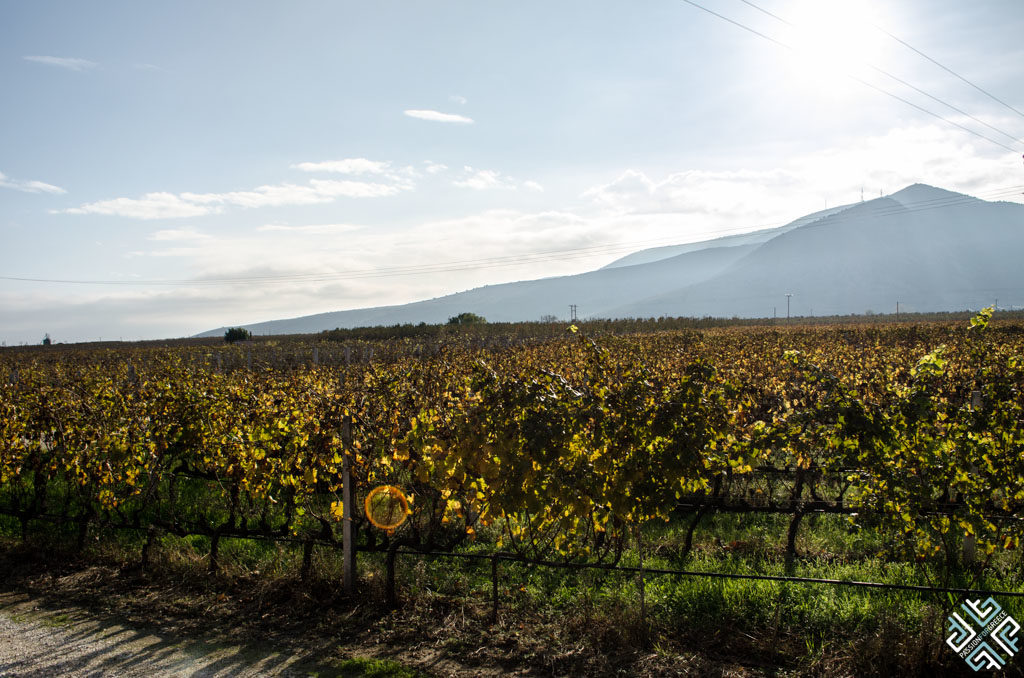
The Zafeirakis family has been involved in viticulture for over 100 years. During our visit to Domaine Zafeirakis, Christos Zafeirakis who is the fourth generation of the Zafeirakis family to continue the wine making tradition offered us an inside tour of the premises. The winery follows the traditions of Old World Wines producing 300,000 bottles out of which 55% are exported globally, mainly to USA, Germany, UK and Australia.
During our wine tasting session we spoiled our palates with 7 different wines — many of which are made with a local grape variety Limniona, which was first produced in 2008. It’s Pinot-like character and elegant flavor shined at the Decanter World Wine Awards in 2015, — as the wine was awarded with a Silver medal.
10. Day Trips from Larissa
Larissa’s prime location make it an ideal destination to visit some of Greece’s top destinations. If you are looking to combine history with culture, gastronomy and viticulture — there is plenty of opportunities to plan several day itineraries around Central Greece.
Elassona
Situated on the foothills of Mount Olympus, Elassona is a Thessalian town which was always know for its strategic location. Due to its fertile land and fresh mountain air, the area has always been well known for its agricultural activity. Elassona is world famous for its cheesemaking tradition.
Elassona Cheese
The famous Greek feta cheese is closely linked to Elassona as the vast majority of the production takes place here. Every September the Feta Festival takes place in Elassona attracting thousands of visitors from all over Greece.
The Archaeological Site of Sarantaporo (Ancient Dolichi)
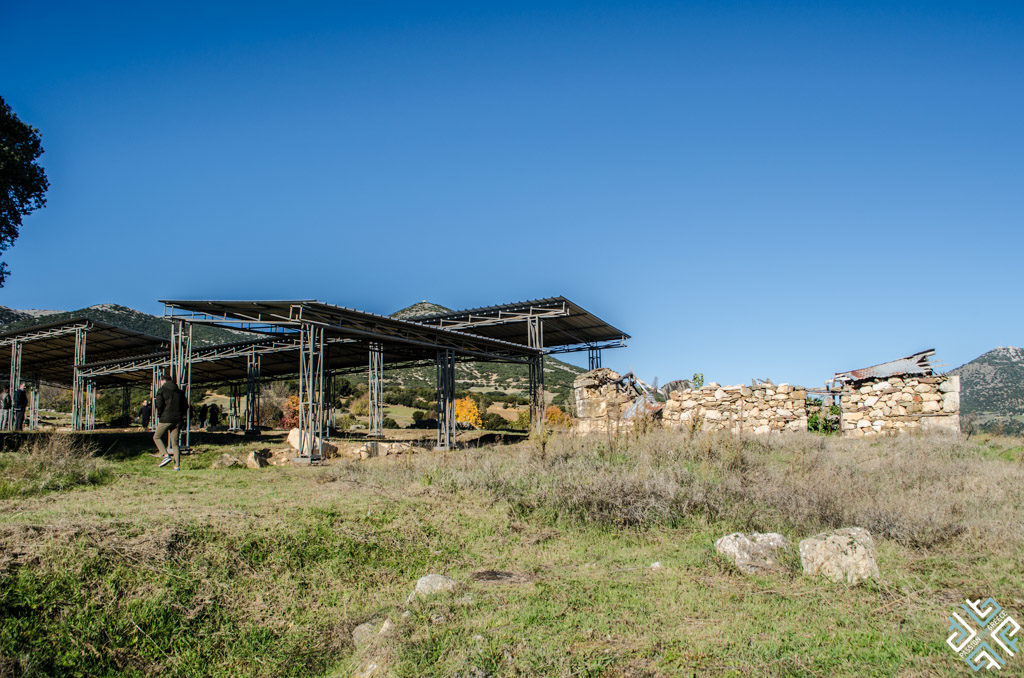
With the mountain peaks of Mount Olympus as a backdrop, the ancient site of Dolichi is found in the small town of Dolichi, together with Azores and Pythio they formed the Perrhaebian Tripoli. Recent excavations have found a coin dating back to 4th century BC, depicting the head of Apollo on one side and an inscription Tripolitan on the other.
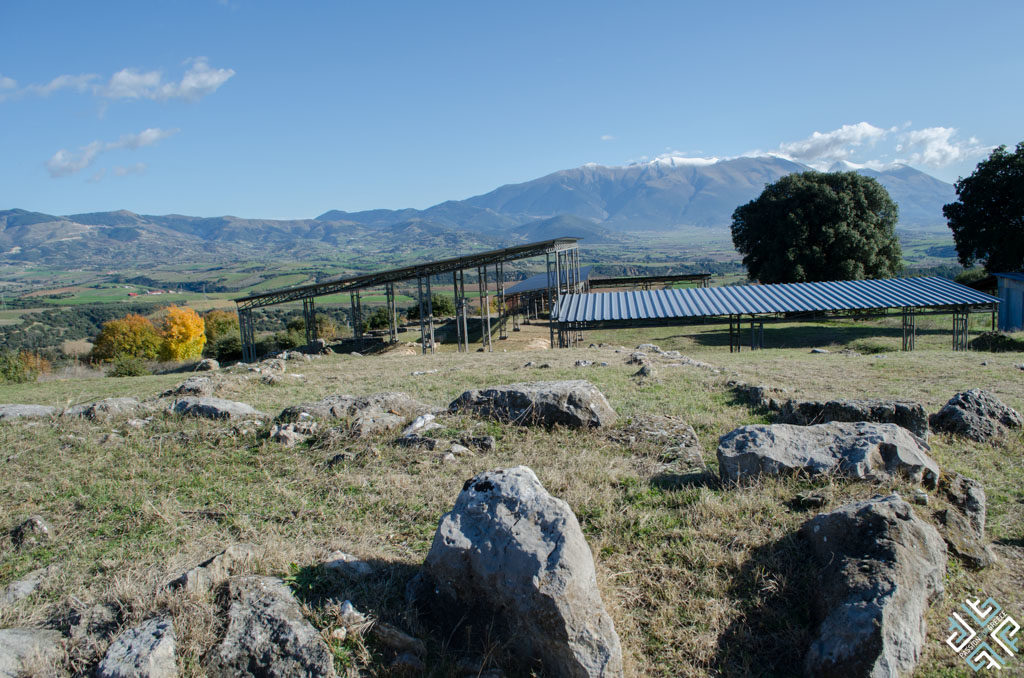
Other excavations suggest that this ancient site was sacred and numerous rituals were performed here, perhaps also related to Dionysus. The remains of fortifications found here date back to 3rd century BC.
Archaeological Site of Pythio
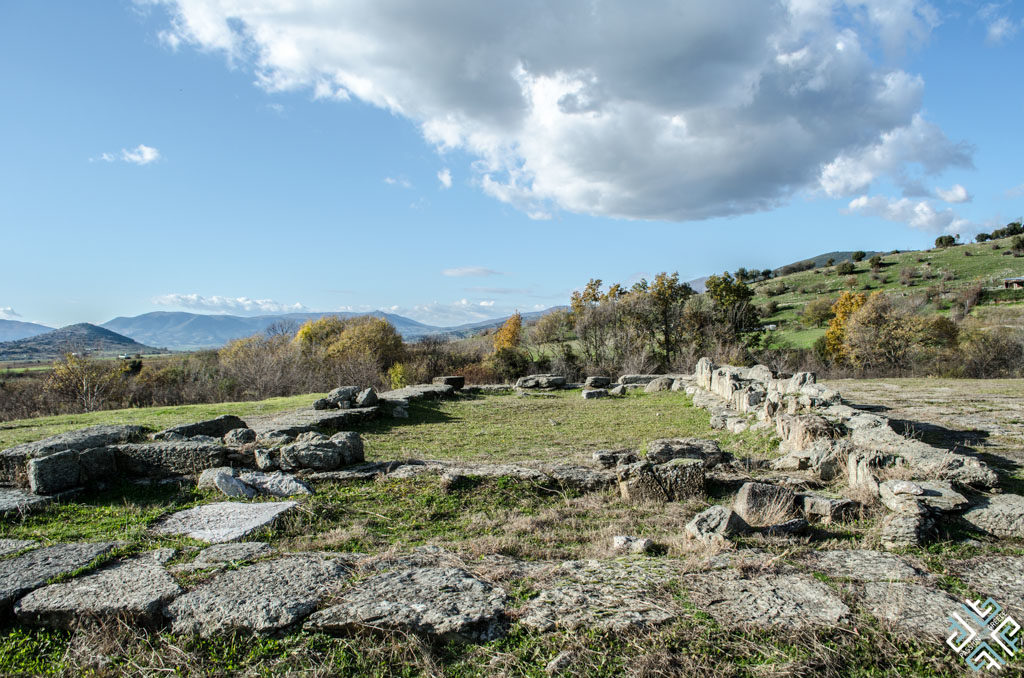
The third of the three ancient cities which formed the Perrhaebian Tripoli, located on a strategic point which connected Macedonia with Thessaly. One of the most important sanctuaries was discovered here, dedicated to god Apollo. There is also a temple dedicated to Poseidon.
The Holy Trinity Monastery of Sparmos
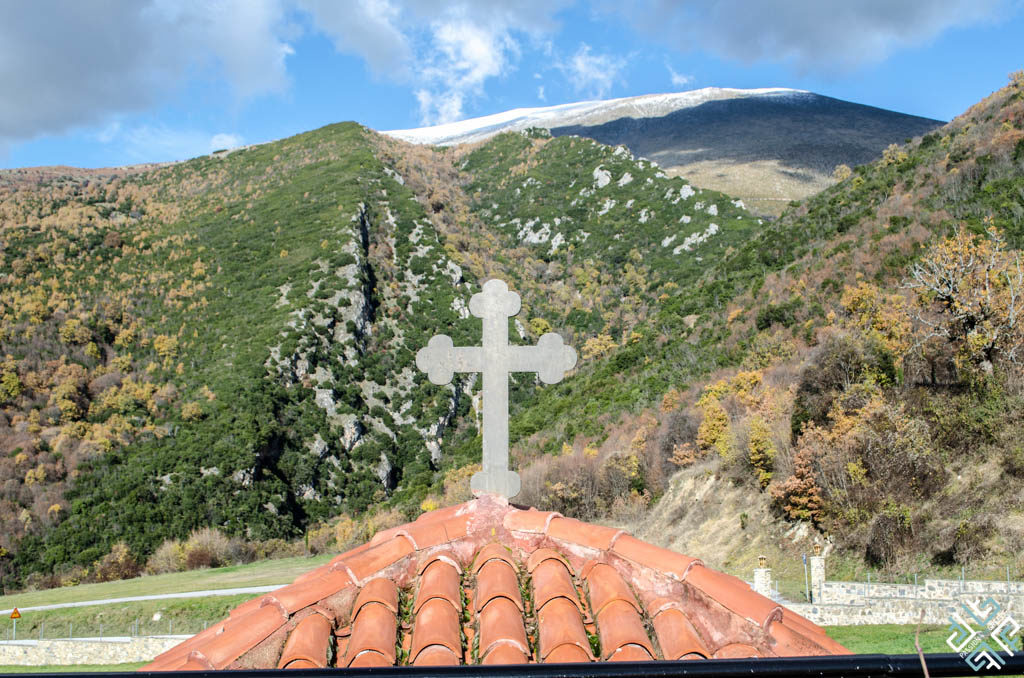
Mount Olympus is dotted with several churches and monasteries, some of which date back to as early as the 11th century.
Set at an altitude 1,020 m, on the south-west side of Mt. Olympus the Holy Trinity Monastery of Sparmos was built in the 14th century. During the 18th century the monastery prospered, as it became a centre of education for the clergy, scholars and intellectuals. Greek rebels found refuge here during the Greek Revolution of 1821 and during the German occupation as well. This beautiful monastery is surrounded by lush green forest.
Take a walk through the Plane Forest near Mount Olympus
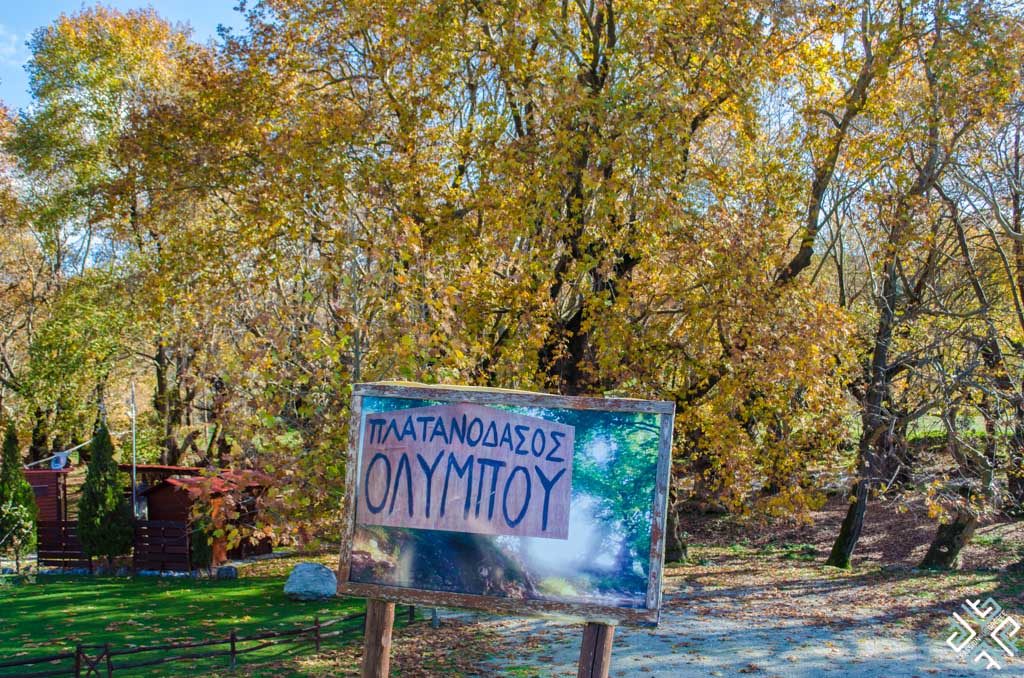
On the south western side of Mount Olympus lies a beautiful plane tree forest with a small creek that runs through it. Nature lovers can enjoy a leisurely hike through this majestic landscape.
Visit Meteora
Discover one of the most breathtaking places in Greece. The largest Orthodox monasteries complex and a UNESCO World Heritage Site is located just over an hours drive from Larissa.
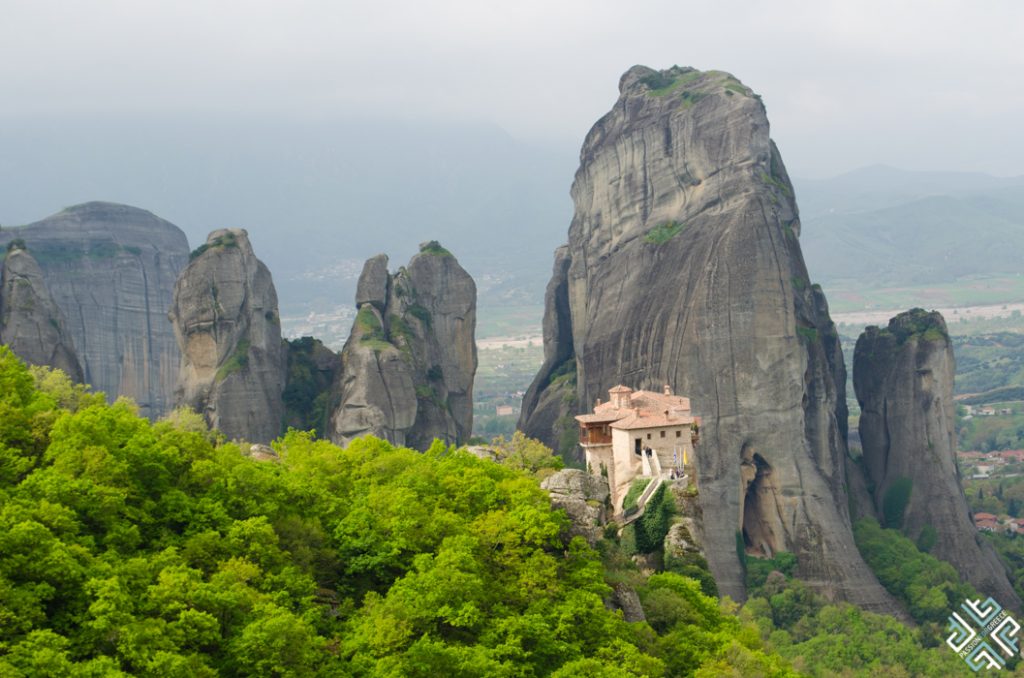
Check out our posts on Meteora:
The wonders of hiking in Meteora Greece
Explore Pieria
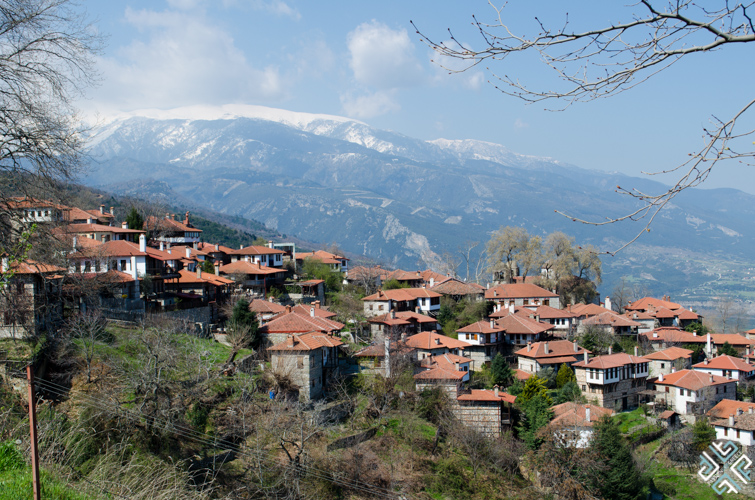
Palaios Panteleimonas
One of the smallest regional units of Macedonia is the perfect destination to combine both a mountain and a beach holiday. Gorgeous mountain villages, snowy peaks, sensational cuisine and archaeological sites, are just a few reasons to visit Pieria. Just an hours drive from Larissa you can explore this part of Greece too.
Where to Stay in Larissa
During our weekend trip to Larissa we stayed at Hotel Metropole which is conveniently located in the heart of the city, along the pedestrian shopping street.
The hotel features 84 double and single rooms, 9 suites and 2 mobility-friendly rooms. All the rooms have been renovated and feature double glazed windows. Other facilities include conference facilities, mini bar and complimentary Wi-Fi.
The trip was organized by Alpha Marketing. Passion for Greece was a guest on this Press trip. All opinions expressed are always my own.
PIN IT!
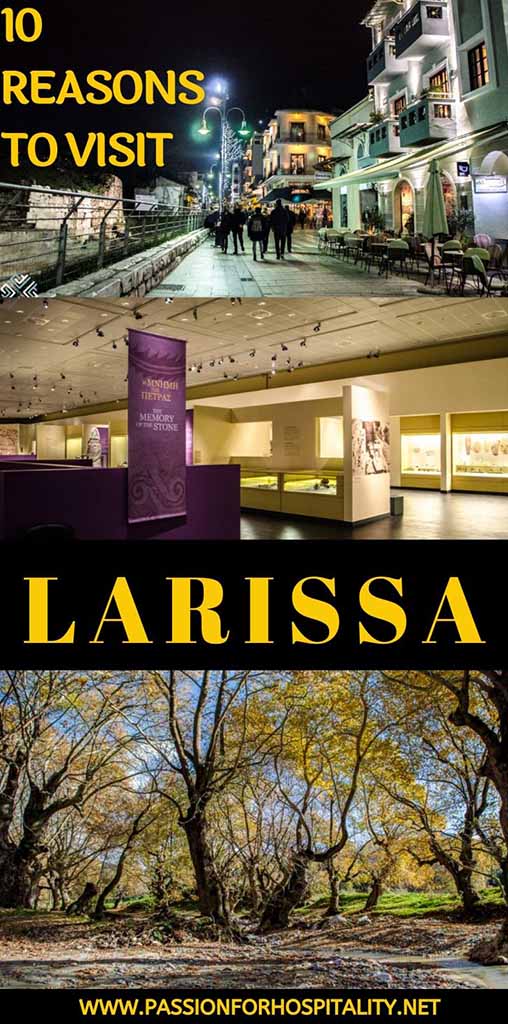
The post 10 Reasons to visit Larissa: Museums, Day Trips and Natural Beauty appeared first on Passion for Hospitality.

